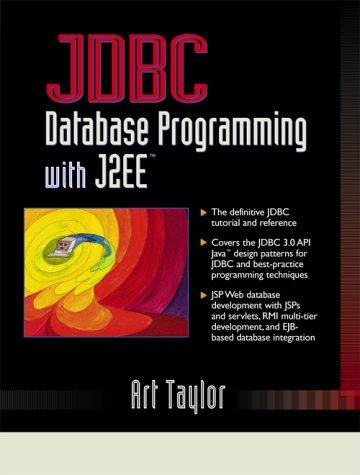Question
I'm having trouble wiht this program. Below is the skeleton code as well as the psudocode. (https://docs. oracle.com/javase/7/docs/api/java/util/LinkedList.html). More tutorials can be found https://www.javatpoint.com/java-linkedlist and
I'm having trouble wiht this program. Below is the skeleton code as well as the psudocode.


(https://docs. oracle.com/javase/7/docs/api/java/util/LinkedList.html). More tutorials can be found https://www.javatpoint.com/java-linkedlist and http://www.javadb.com/using-a-queue-or-linkedlist/.
//package graph;
import ds.Queue;
public class Graph {
public int n; /umber of vertice
public int[][] A; //the adjacency matrix
private final int WHITE = 2;
private final int GRAY = 3;
private final int BLACK = 4;
public Graph () {
n = 0;
A = null;
}
public Graph (int _n, int[][] _A) {
this.n = _n;
this.A = _A;
}
/*
* Input: s denotes the index of the source node
* Output: the array dist, where dist[i] is the distance between the i-th node to s
*/
public int[] bfs (int s) {
}
public void print_array (int[] array) {
for (int i = 0; i
System.out.println(i + ": " + array[i]);
}
/**
* @param args
*/
public static void main(String[] args) {
// TODO Auto-generated method stub
int n = 8;
int[][] A =
{{0, 1, 0, 0, 1, 0, 0, 0},
{1, 0, 0, 0, 0, 1, 0, 0},
{0, 0, 0, 1, 0, 1, 1, 0},
{0, 0, 1, 0, 0, 0, 1, 1},
{1, 0, 0, 0, 0, 0, 0, 0},
{0, 1, 1, 0, 0, 0, 1, 0},
{0, 0, 1, 1, 0, 1, 0, 1},
{0, 0, 0, 1, 0, 0, 1, 0}};
Graph g = new Graph(n, A);
g.print_array(g.bfs(1));
}
}
1 Problem Description Instructions. You are provided one skeleton program named Graph.java. The source files are available on Canvas in a folder named HW7. Please modify the skeleton code to solve the following tasks. . Task 1 (100 pts). Implement the bfs(int s) function as discussed in Lecture 15. - Note: You should return an integer array that records the mini- ode to the mum distance between every n - Hint 1: The colors have been defined in the class for you to use - Hint 2: In the matrix-adjacency representation, each node is just source s an integer. So you cannot do this u.colorWHITE for a node u. Instead, I suggest you to create an integer array to rep- resent the colors of the nodes, another array to represent the distance d for the nodes You can ignore the parent r in your code To use the Enqueue and Dequeue function, you may use - Hint 3: -Hint 4: your previous implementation of Queue in HW3. Or you can use the add) and remove) function of Java LinkedList (https://docs oracle.com/javase/7/docs/api/java/util/LinkedList.html). More tutorials can be found https://www.javatpoint.com/java-linkedlist and http://www.javadb.com/using-a-queue-or-linkedlist/ . Task 2 (Extra Credit 100 pts). Implement the DFS) and DFS.Visit0) functions as discussed in Lecture 16 1 Problem Description Instructions. You are provided one skeleton program named Graph.java. The source files are available on Canvas in a folder named HW7. Please modify the skeleton code to solve the following tasks. . Task 1 (100 pts). Implement the bfs(int s) function as discussed in Lecture 15. - Note: You should return an integer array that records the mini- ode to the mum distance between every n - Hint 1: The colors have been defined in the class for you to use - Hint 2: In the matrix-adjacency representation, each node is just source s an integer. So you cannot do this u.colorWHITE for a node u. Instead, I suggest you to create an integer array to rep- resent the colors of the nodes, another array to represent the distance d for the nodes You can ignore the parent r in your code To use the Enqueue and Dequeue function, you may use - Hint 3: -Hint 4: your previous implementation of Queue in HW3. Or you can use the add) and remove) function of Java LinkedList (https://docs oracle.com/javase/7/docs/api/java/util/LinkedList.html). More tutorials can be found https://www.javatpoint.com/java-linkedlist and http://www.javadb.com/using-a-queue-or-linkedlist/ . Task 2 (Extra Credit 100 pts). Implement the DFS) and DFS.Visit0) functions as discussed in Lecture 16Step by Step Solution
There are 3 Steps involved in it
Step: 1

Get Instant Access to Expert-Tailored Solutions
See step-by-step solutions with expert insights and AI powered tools for academic success
Step: 2

Step: 3

Ace Your Homework with AI
Get the answers you need in no time with our AI-driven, step-by-step assistance
Get Started


